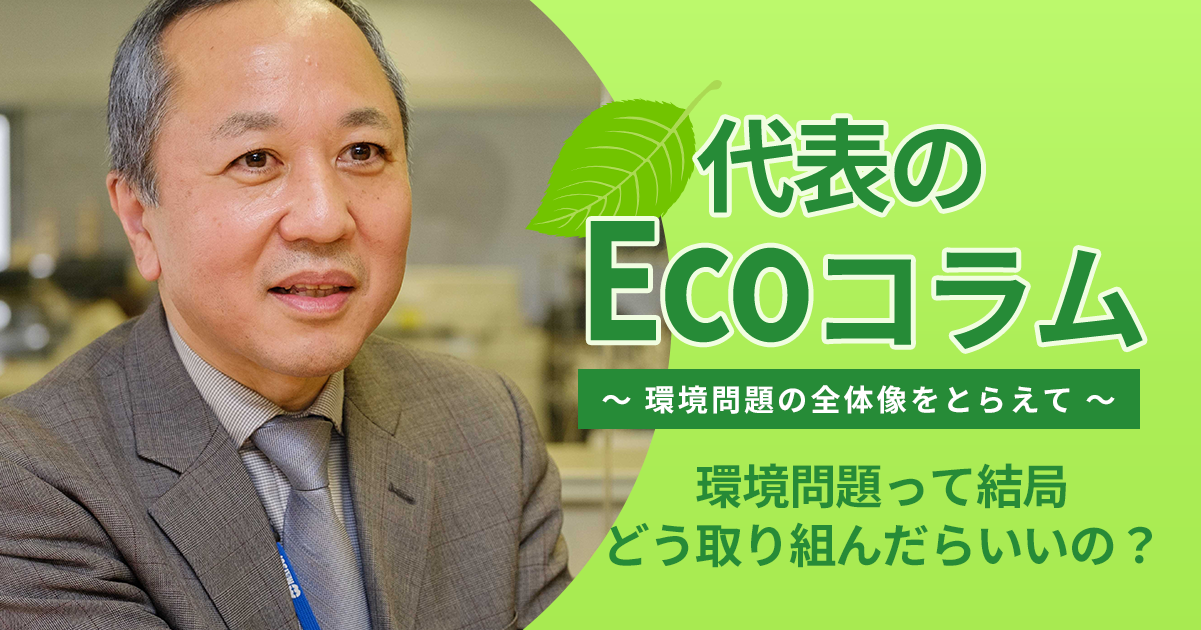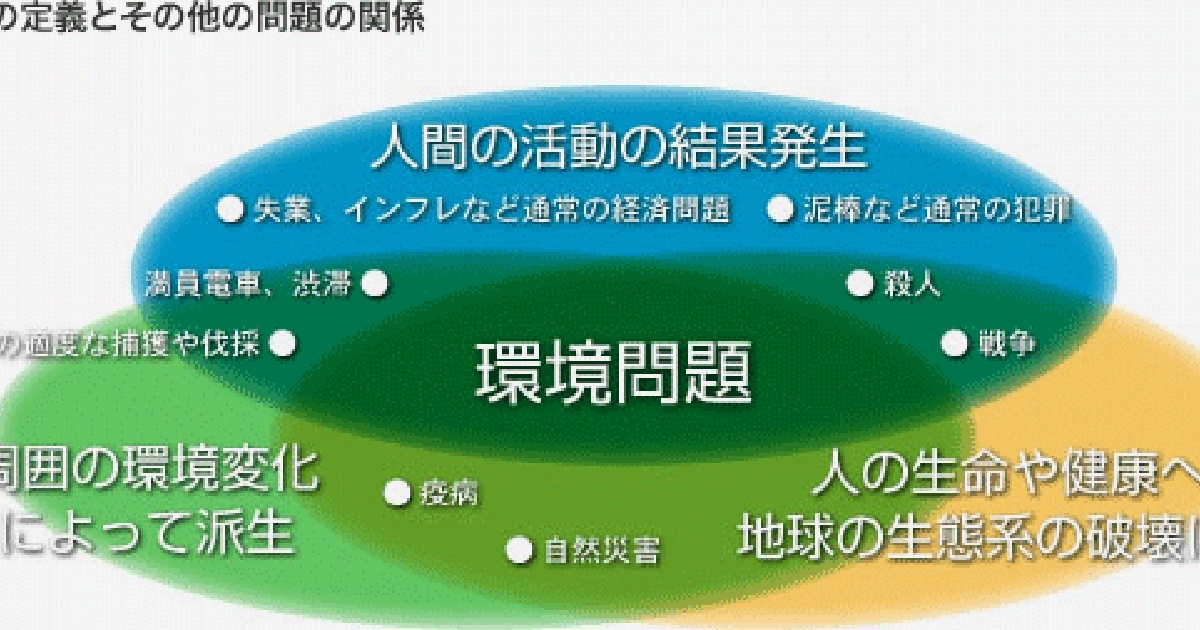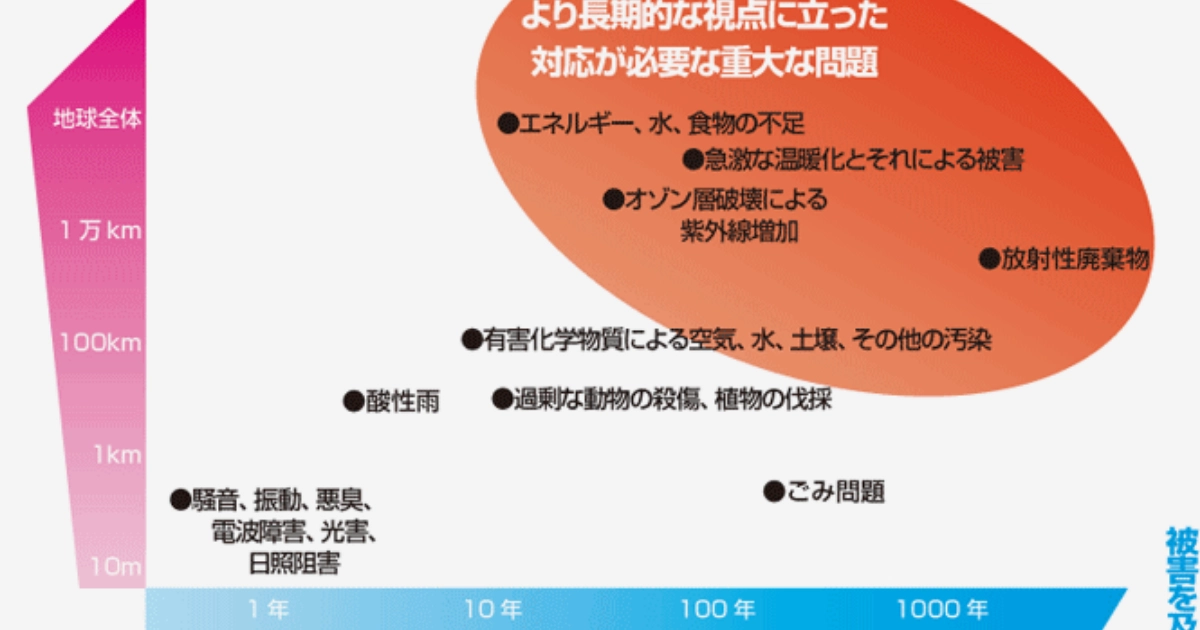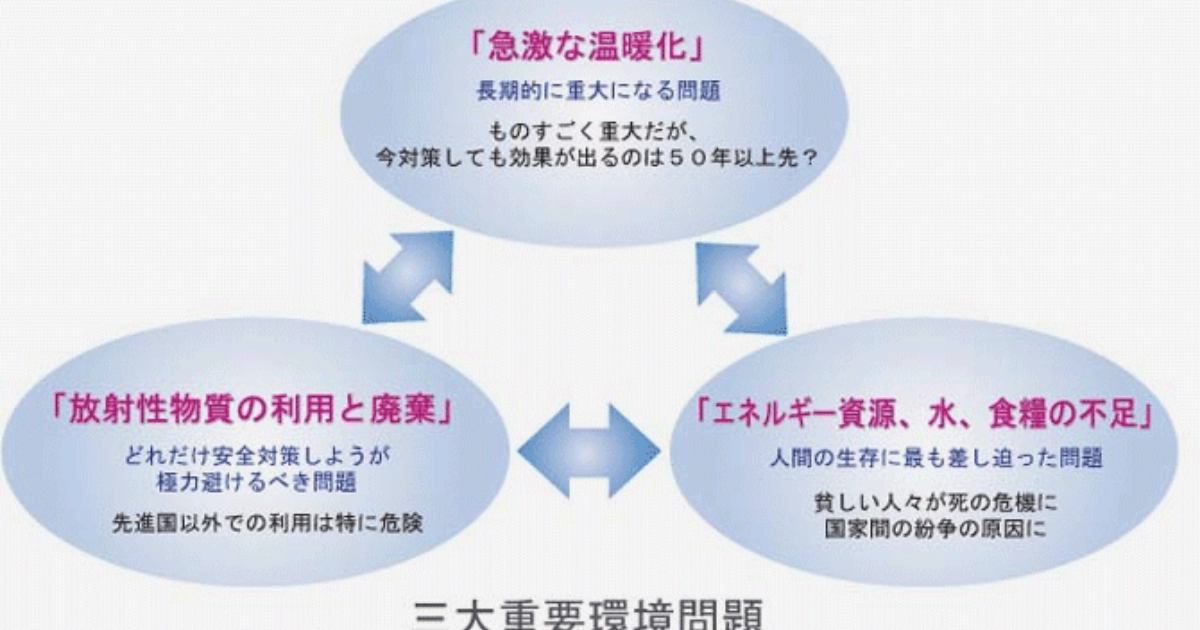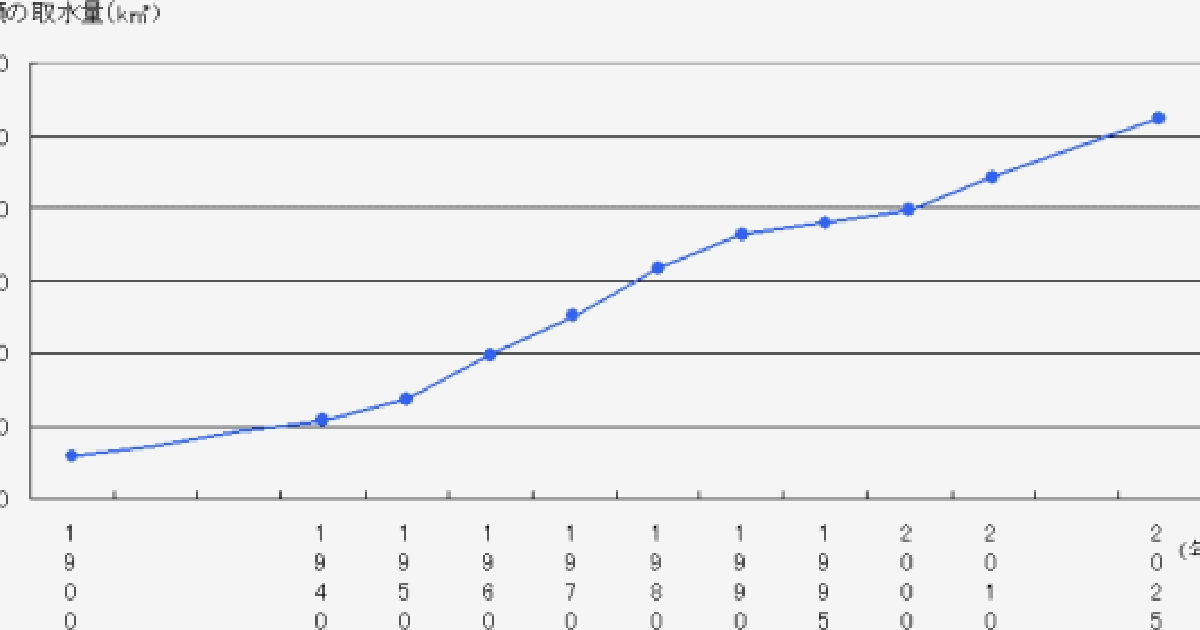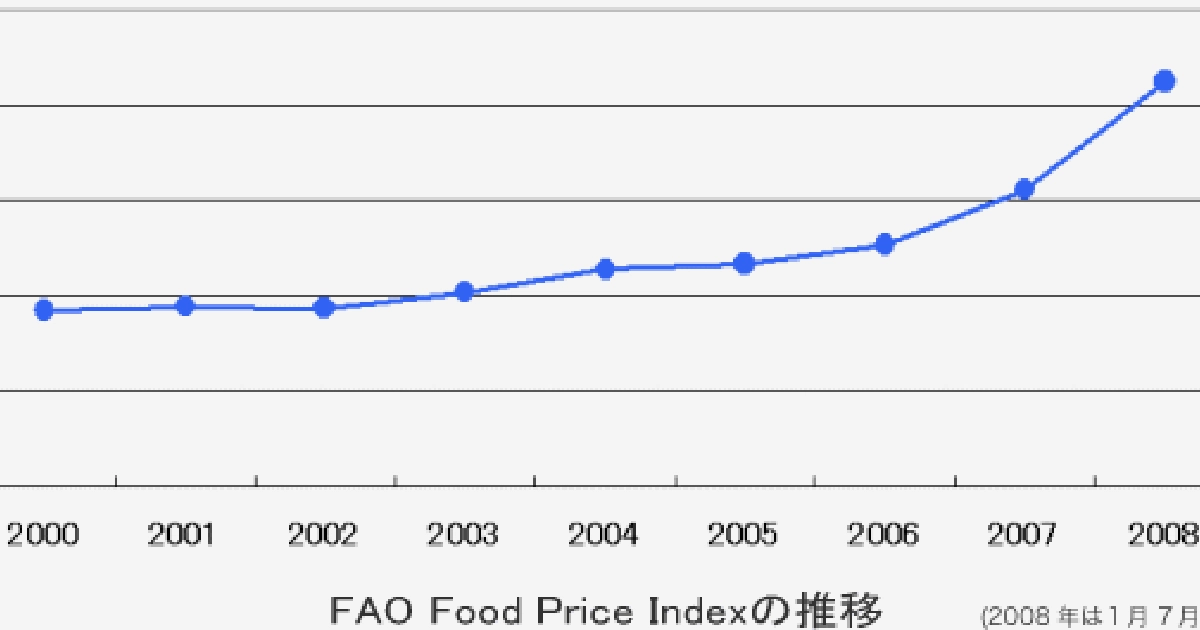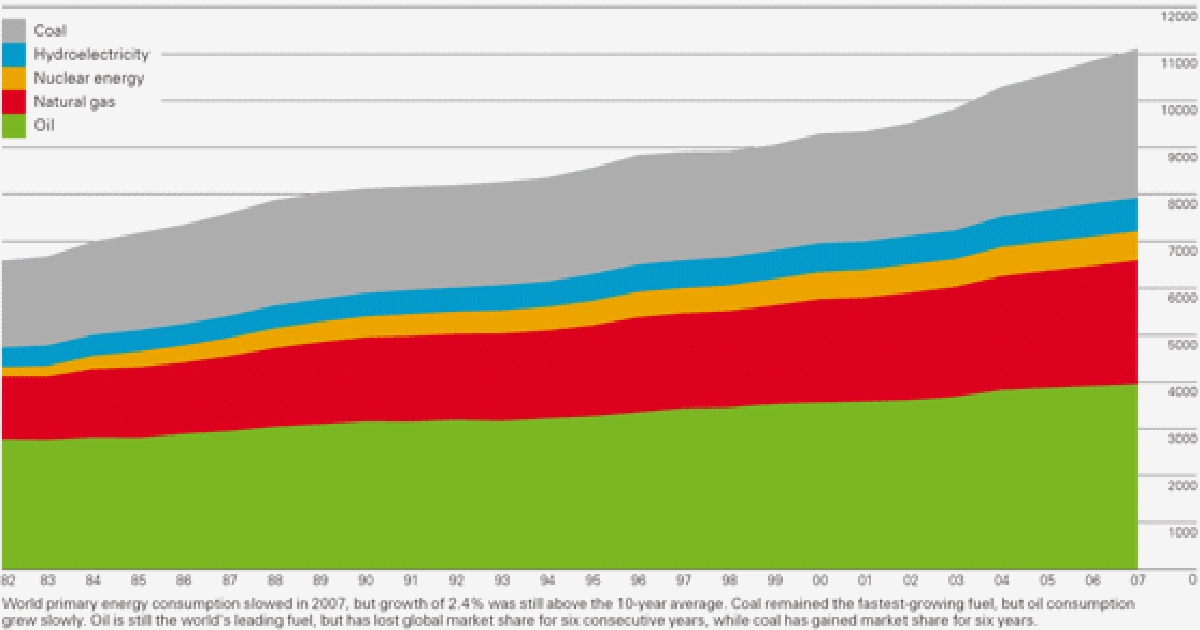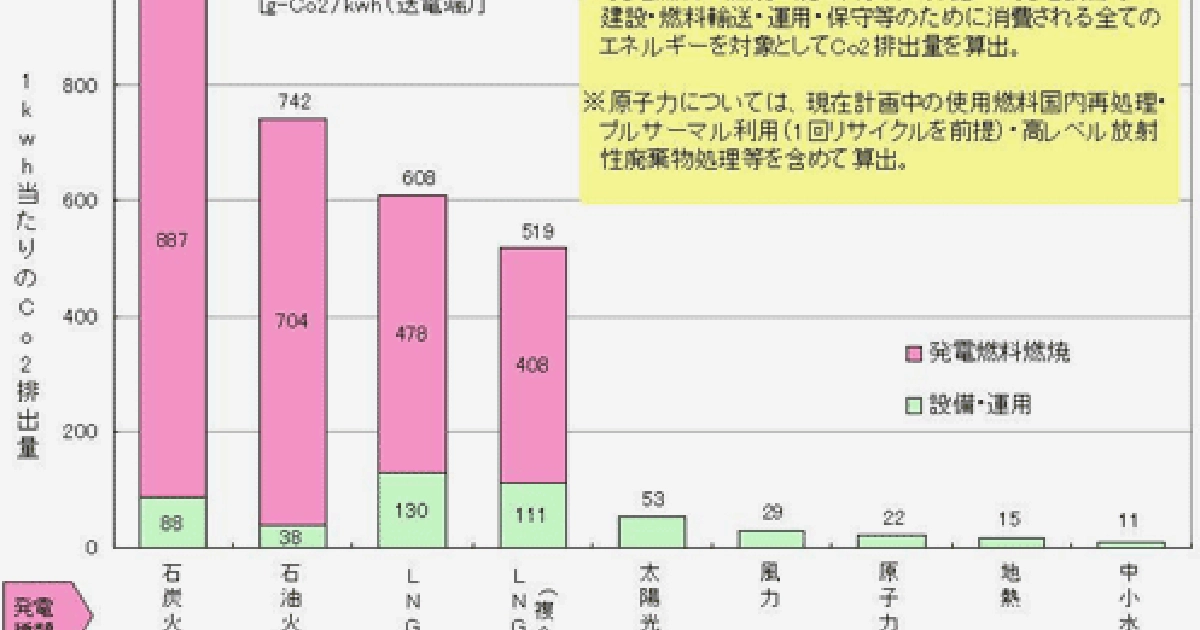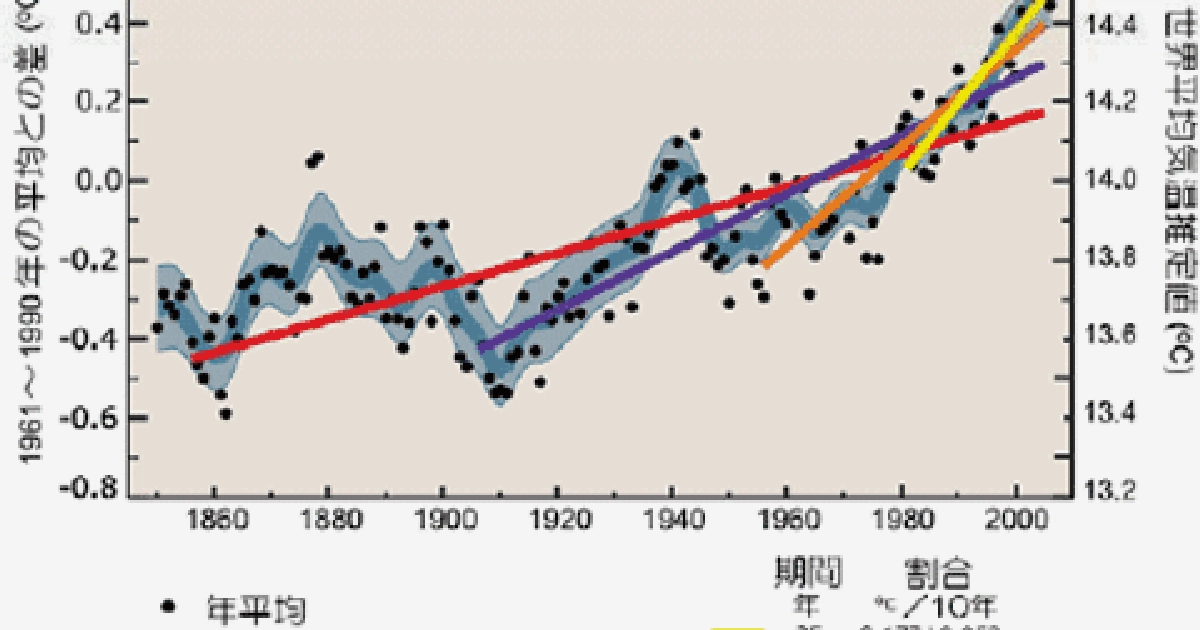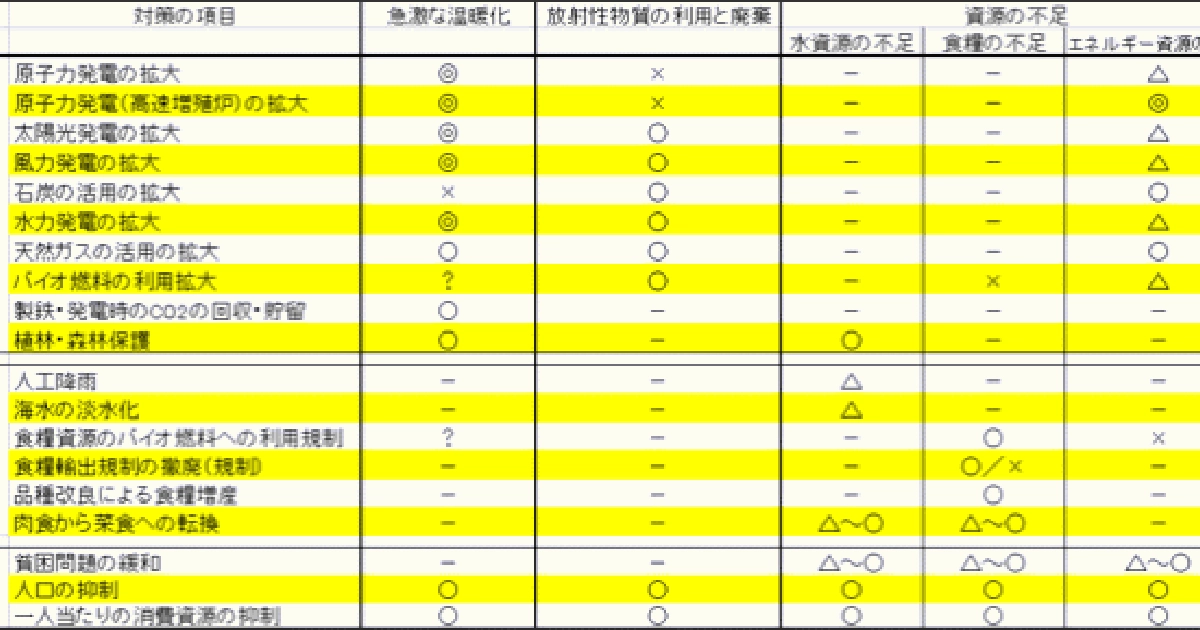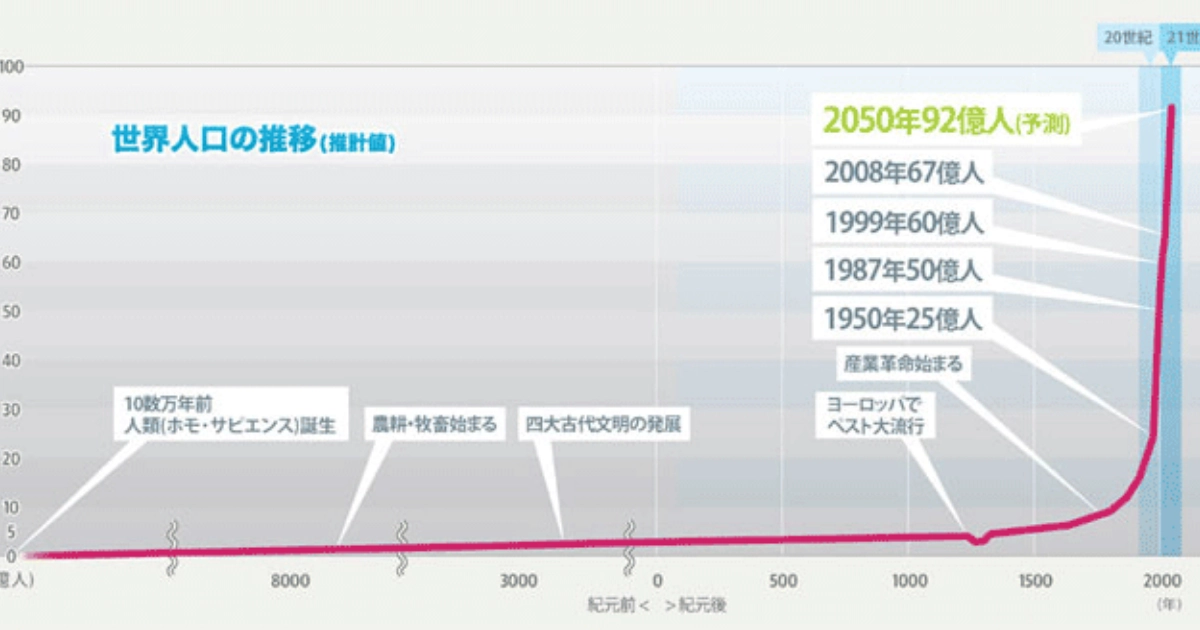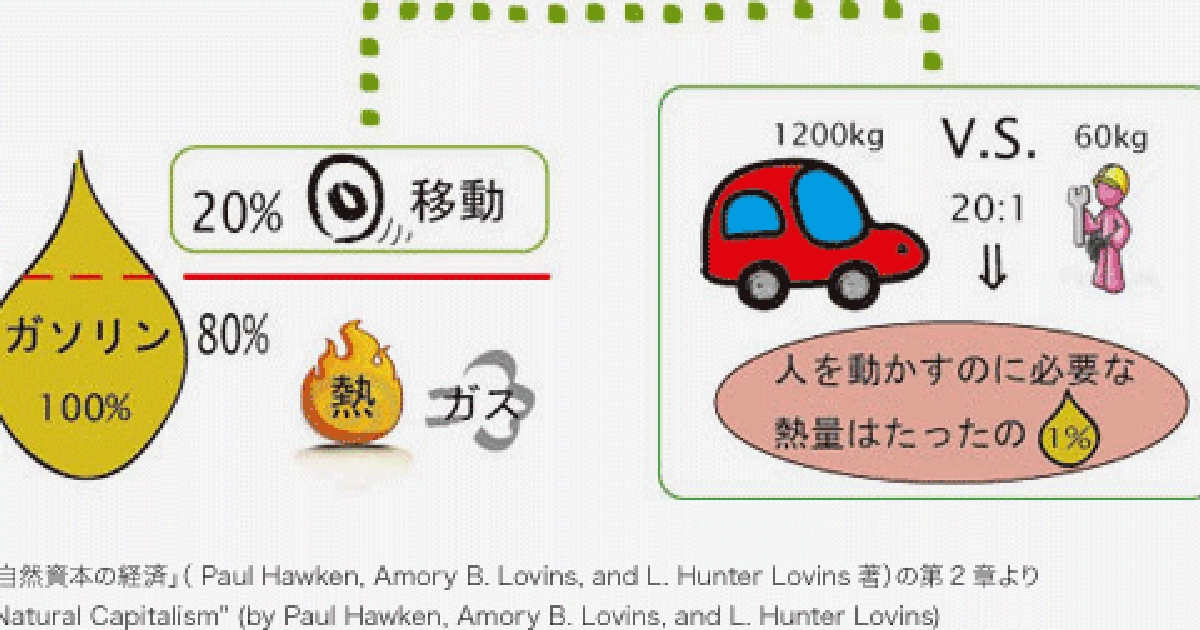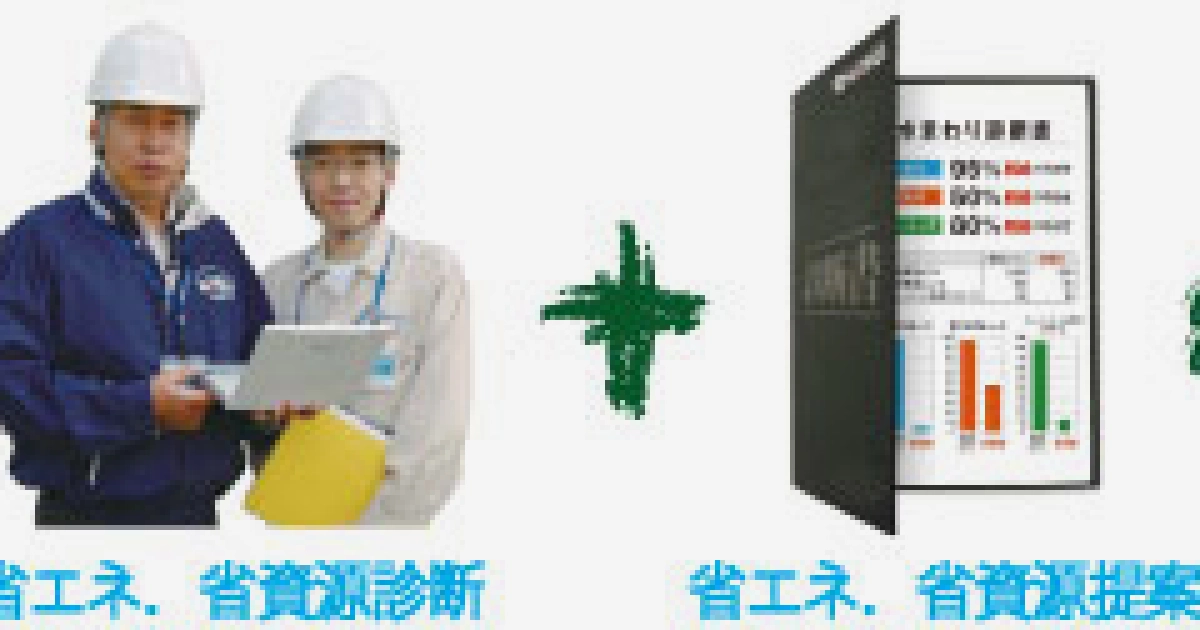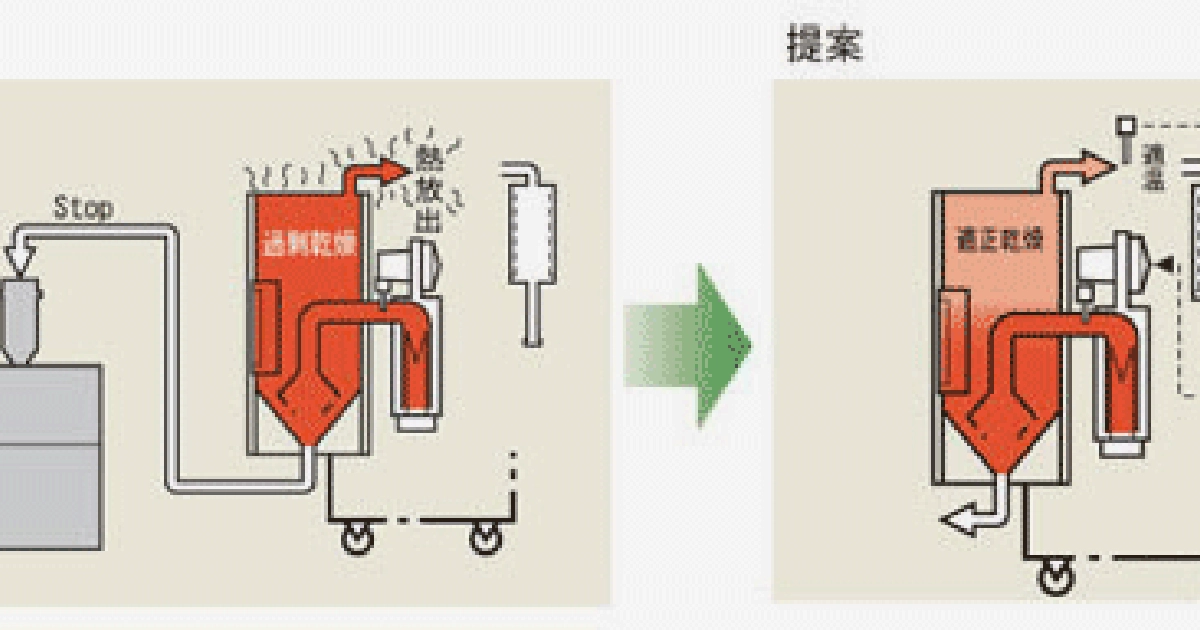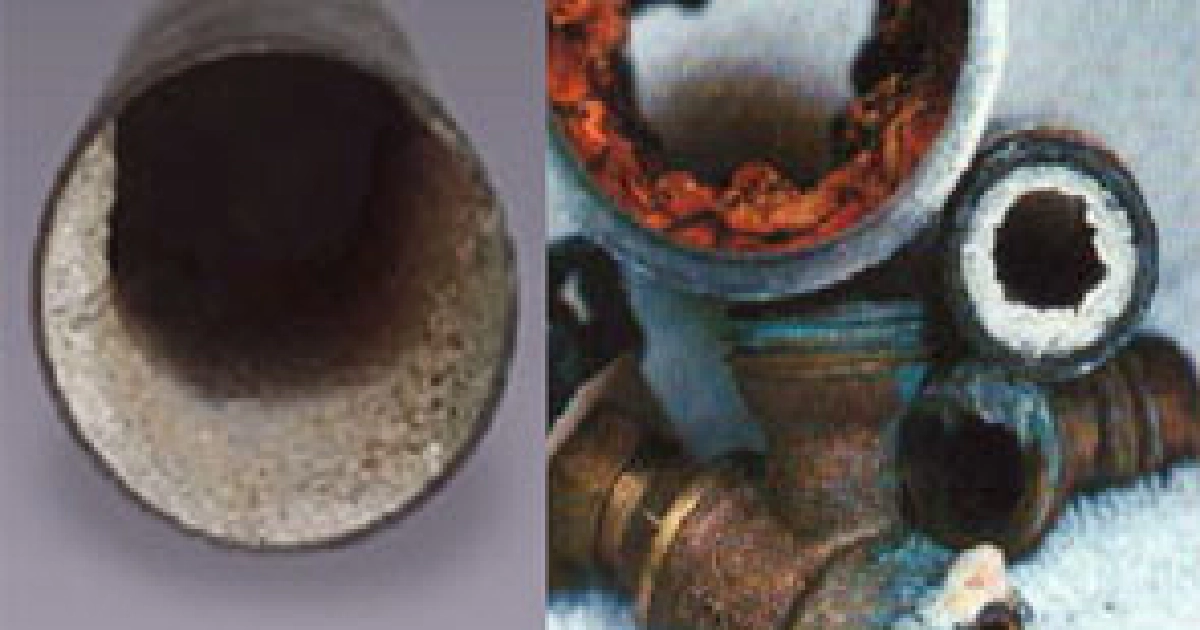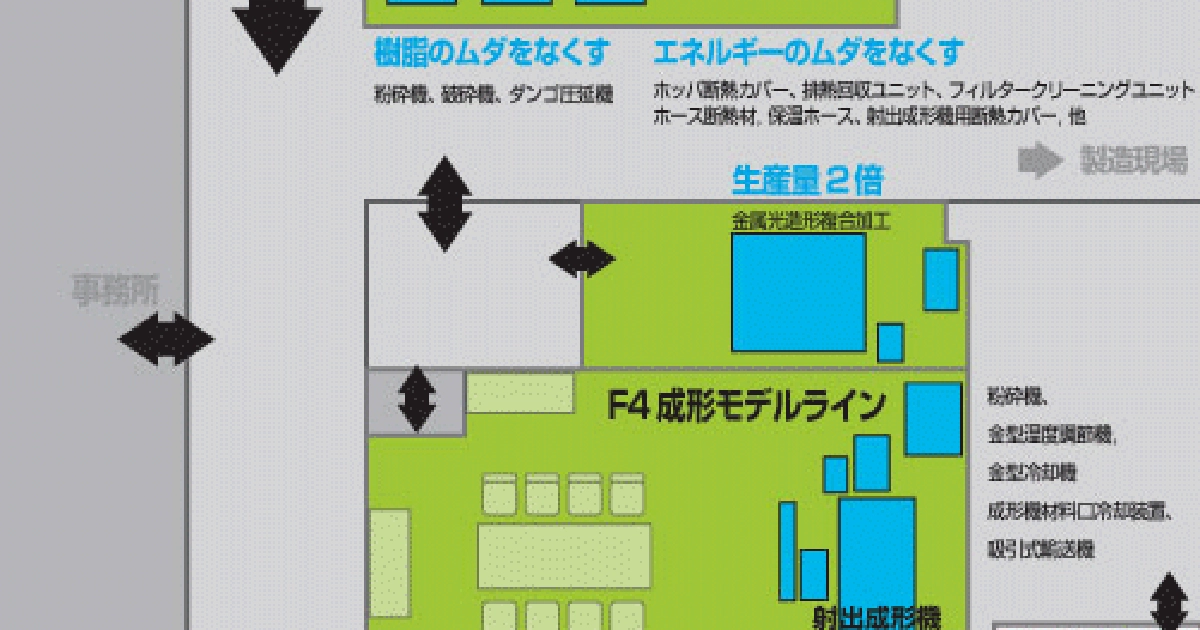Representative's Green Column
18. Proposal #2 for realizing factor4 in a molding factory
2009.11.05
Eliminate waste and troubles related to cooling water
In the previous column, "Proposal Example 1 for Realizing Factor 4 in a Molding factory", I took up a proposal to reduce the waste of energy used for resin drying.
This time, we will take up a proposal to reduce waste and troubles related to cooling water in a molding factory.
● Waste and troubles related to cooling water
Many molding factory use water to cool molds and Other equipment. This cooling water circulates in the factory and draws heat from various parts of the factory. The heat taken by the cooling water must be released outside the factory in some way.
The following methods are available for releasing the heat of the circulating cooling water outside the factory.
1. 1. Open cooling tower
Most commonly, open cooling towers are used. However, this method has problems such as impurities easily entering from the outside, a large amount of water evaporating, and the impurities being concentrated more and more in the circulating cooling water. It wastes water resources and causes troubles such as scale accumulation in pipes (Photo 1).
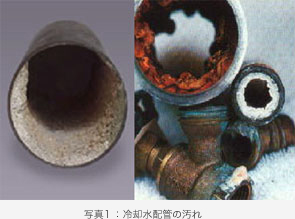
2. 2. Closed water-Water cooling cooling tower
To avoid the open cooling tower problems mentioned above, there are closed Water cooling cooling towers. It seems to be widely used in Europe.
This is because the cooling water that circulates basically circulates in the Closed pipe, so impurities do not concentrate more and more.
However, instead, by pouring water directly onto the outside of the heat exchanger outside the factory and evaporating the water, heat is taken from the circulating water flowing inside the heat exchanger. As a result, a large amount of water is consumed, and contaminants tend to accumulate in the heat exchanger, requiring regular cleaning and replacement.
3. 3. Centralized air-Air cooled chiller
In some cases, a centralized Air cooled chiller is used to cool the water throughout the factory in order to cool the circulating water without evaporating the water.
In this method, the circulating cooling water circulates in the Closed pipe, so impurities are not concentrated more and more, and an Air cooled Refrigerating machine is used to cool the water, and no water is used. So there is less need for maintenance.
However, the initial cost is considerably higher than the above. Furthermore, using a Refrigerating machine consumes a large amount of electrical energy.
We see a great many cases where the water that has been chilled using a large amount of electrical energy is reheated with a heater when cooling the mold.
● "ecobrid" to eliminate waste and trouble of water
We are proposing a Closed and Air cooled cooling tower called "ecobrid" (Photo 2) to solve the above problems.
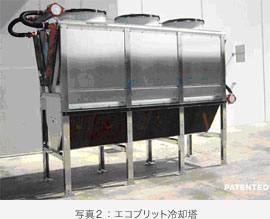
With ecobrid, there is no evaporation of circulating water, so there are no problems with condensed impurities. In addition, water is not directly sprayed on the outside of the heat exchanger outside the factory, and the heat exchanger is cooled by air flow from a fan, thereby cooling the circulating water inside. Therefore, there is no accumulation of impurities such as scale on the heat exchanger, and there is no need to clean or replace the heat exchanger itself.
However, this alone may not be sufficient for cooling in hot weather such as summer, just by air cooling. In such a case, ecobrid sprays water into the air flowing by a fan in the form of mist and vaporizes it in the air when the outside temperature exceeds 30 ° C. As a result, the temperature of the air drops by the amount of heat of vaporization. For example, outside air with a humidity of 40% and 42 ° C can be turned into air with a humidity of 70% and 30 ° C by spraying water. By cooling the heat Replacement with air at such a low temperature, it is possible to always obtain water of 25 ° C to 35 ° C or less even when it is hot in the summer (Fig. 1).
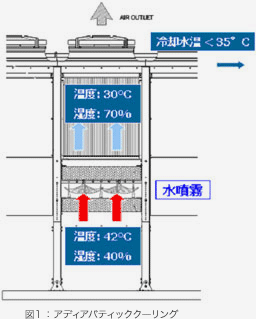
Figure 2 shows the results of our field tests comparing the water and Power consumption of a regular open cooling tower and ecobrid. Water consumption is about 1/200, and Power consumption is about 1/2. Moreover, even after two years, no deterioration in water quality, troubles due to water quality, or accumulation of impurities in the heat Replacement has been observed.
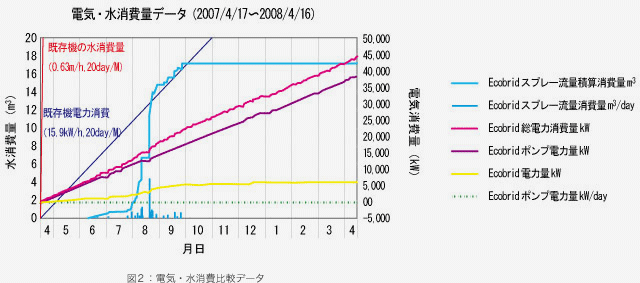
● Waste of energy related to cooling water
In ecobrid, I wrote that it is possible to always obtain water of 35°C or less, but in actual molding factory, cooling water of 35°C or less is of course necessary. Is there a way to deal with such cases?
For example, suppose there are some lines that require cooling water at 25 ° C at all times.
1. A centralized Air cooled chiller cools the circulating water throughout the factory without using a cooling tower.
In this case, even if low-temperature water of up to 25°C is not needed, water with a lower temperature than necessary will be supplied. a huge amount of waste occurs.
2. 2. The circulating water of the entire factory is cooled by a cooling tower (including ecobrid), but only the lines that require 25 ° C water are individually cooled by a small chiller.
In this case, small chillers are installed only where they are needed, so less energy is wasted than in the above case. However, in this case, in a line with a regular small chiller installed, the chiller would have to go out of its way to operate not only in summer, but also in cold winter. When it is cold, such as in winter, the water that passes through the cooling tower outside the factory is cooled to 25°C or less without using a chiller. A large amount of energy is wasted here as well.
● "Free cooling" Eliminate wasted energy associated with water cooling
We propose to combine "ecobrid" + "individual small chiller" + "free cooling" to eliminate the above waste.
Free cooling is a system that cools water only with a cooling tower such as ecobrid or a cooling tower without operating the chiller in cold weather such as winter.
In other words, the chiller is operated only when the water cooled by ecobrid reaches 25 ° C or higher, and at other times, the cooling water is used as it is at 25 ° C only by ecobrid. In the case of normal cooling tower water, there is a problem with water quality. In this way, even if the water in the external cooling tower is sufficiently cold, it cannot be used as it is for mold cooling, for example, but with ecobrid, there is a problem with water quality. In this way, it can also be used directly as cooling water for molds.
This allows, for example, (Figure 3) In a year Reduce the Power consumed by the chiller by 50% or more It will be possible to do.
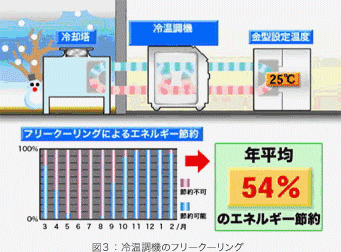
We have already provided "Microgel" as a small temperature controller with a built-in free cooling function. In addition, we are working to provide an option to add a free cooling function to existing chillers and cold temperature controllers in the near future.
Our goal of "factor 4" is not just to eliminate waste of resources. We aim to double production while halving resources.
In the next column, we will take up an example of a proposal that goes into the mold to increase the production volume per hour, as opposed to "double the production volume".
November 05, 2009 Hironobu Matsui

